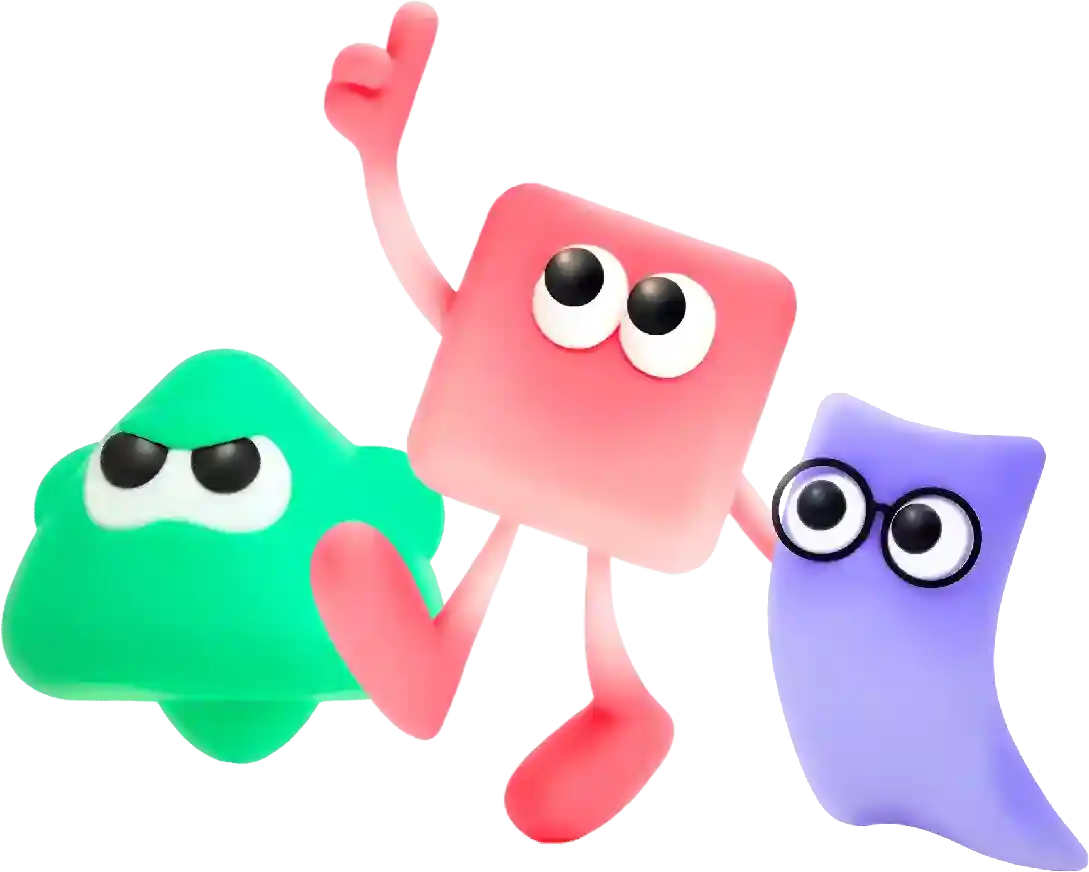Fonts That Are the Worst for Designing Overview
In today’s digital age, having a strong online presence is crucial for any business looking to succeed. However, building a website can be a daunting and time-consuming task, especially for those who lack technical expertise. This is where AI website builders come in – they offer a quick and easy way to create a professional-looking website without the need for coding knowledge. In this article, we will explore some of the best AI website builders available in the market today.
Fonts play a crucial role in design. They can convey emotion, tone, and style, and they can make or break a design project. While there are countless beautiful fonts out there that can enhance your designs, there are also some fonts that are best avoided. In this article, we will discuss some of the worst fonts for designing and why you should steer clear of them.
1. Comic Sans
Comic Sans is perhaps the most infamous font on this list. While the font was originally designed for use in comic books, it quickly became overused and misused in various design projects. The playful and informal nature of Comic Sans can be jarring in professional settings and can make your design appear unprofessional. If you want your design to be taken seriously, it’s best to avoid Comic Sans at all costs.
2. Papyrus
Papyrus is another font that has gained a bad reputation in the design community. The font, which is meant to mimic ancient writing, is often overused in designs that want to convey a sense of exoticism or mystique. However, the font’s heavy-handed use of rough textures and ornate flourishes can make a design look cluttered and distracting. If you want your design to have a more polished and contemporary look, it’s best to avoid Papyrus.
3. Curlz MT
Curlz MT is a casual, whimsical font that is often used in designs targeting children or for informal occasions. However, the font’s overly decorative nature and exaggerated curls can make a design appear messy and difficult to read. Curlz MT is best avoided in professional designs or designs where clarity and legibility are key.
4. Impact
Impact is a bold, heavy font that is often used for headlines and titles. While Impact can be effective in grabbing attention, its boldness can also make it overwhelming and difficult to read in longer passages of text. Additionally, Impact is often associated with amateur design and can give your project a dated or unprofessional look. If you want your design to be visually appealing and easy to read, it’s best to steer clear of Impact.
5. Brush Script
Brush Script is a cursive font that is meant to mimic handwriting with a brush or pen. While Brush Script can add a personal touch to a design, its overly stylized nature can also make it difficult to read, especially in smaller sizes or on screens. Additionally, Brush Script can be seen as outdated or cliché, especially when used in excess. If you want to add a handwritten element to your design, consider using a more modern and legible script font instead.
6. Jokerman
Jokerman is a decorative font that features exaggerated strokes and elaborate flourishes. While Jokerman can add a sense of drama and flair to a design, its busy and ornate nature can also make a design appear cluttered and chaotic. Additionally, Jokerman is often associated with amateur design and can give your project a dated or unprofessional look. If you want your design to be visually appealing and easy to read, it’s best to avoid Jokerman.
7. Algerian
Algerian is a decorative serif font that is often used for headlines and titles. While Algerian can add a sense of elegance and sophistication to a design, its ornate serifs and intricate details can also make it difficult to read, especially in smaller sizes or on screens. Additionally, Algerian is often associated with outdated or overused design, and can give your project a cliché or unprofessional look. If you want your design to be visually appealing and easy to read, it’s best to steer clear of Algerian.
In conclusion, the fonts mentioned in this article are some of the worst for designing, as they can make a design appear unprofessional, cluttered, or difficult to read. While these fonts may have their time and place, it’s best to use them sparingly and thoughtfully. By avoiding these fonts and opting for more modern, legible, and visually appealing options, you can create designs that are both effective and visually appealing. Remember, the font you choose can make a big impact on the overall look and feel of your design, so choose wisely.
Conclusion
In conclusion, responsive web development is an essential aspect of modern website design, as it ensures that a website can adapt to different screen sizes and devices. By using flexible grids, media queries, fluid images, and a mobile-first approach, developers can create websites that provide a seamless user experience on all devices. Responsive design offers numerous benefits, including improved user experience, higher conversion rates, better SEO performance, and cost-effectiveness. While there are some challenges to consider, such as compatibility issues and performance optimization, responsive web development is a crucial practice for creating successful and user-friendly websites in today’s digital landscape.

